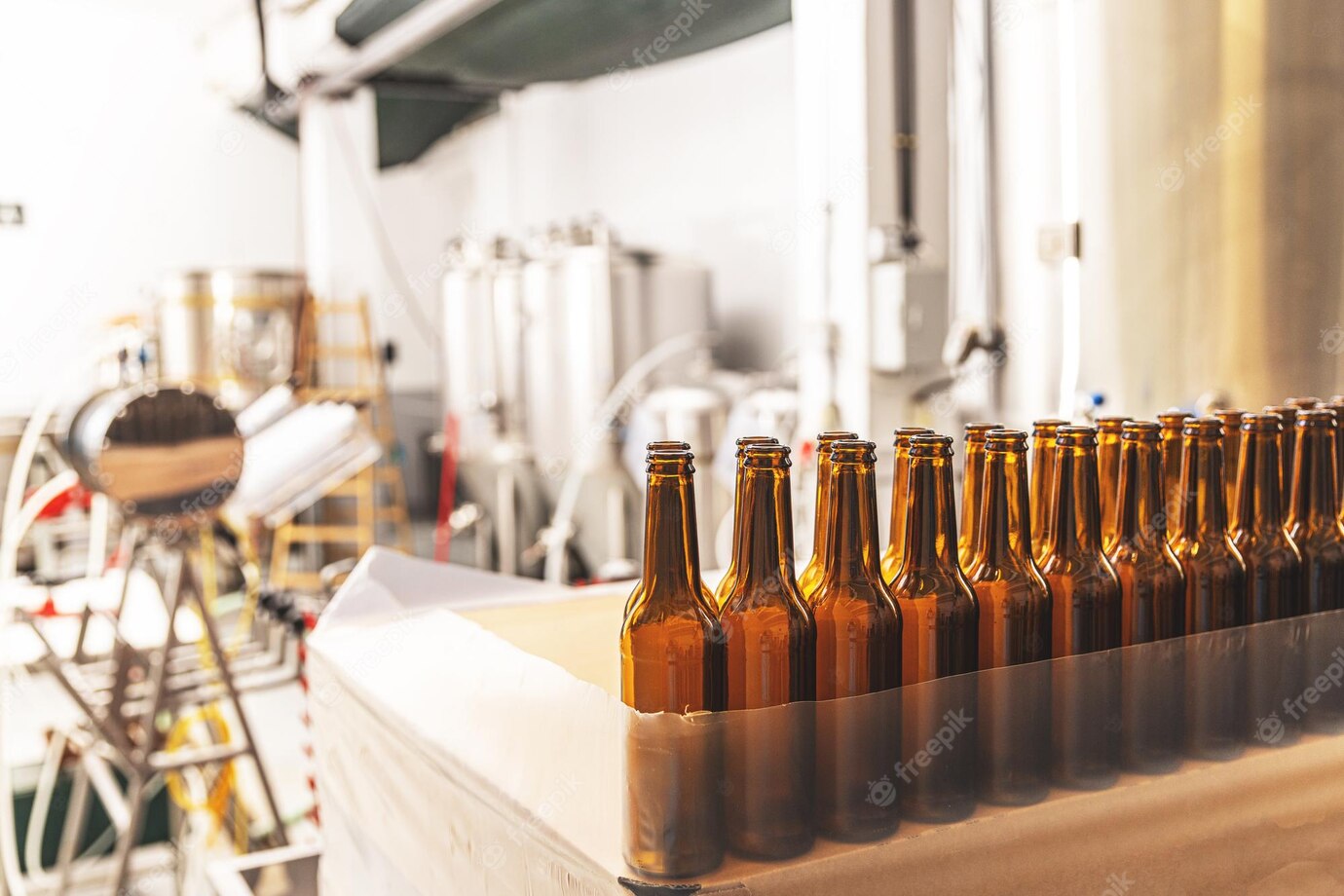Unlock the secrets of brewing! Discover the amazing flavors made by using different yeast strains!
Are you curious about the different flavors that can be achieved when using different yeast strains? If so, this article is for you! Learn more about what types of yeast can be used in home brewing, how to identify different yeast strains and the resulting flavors of each. By understanding the differences between yeast strains, you can experiment with different recipes and create a variety of flavors. So keep reading to learn more about the endless possibilities of yeast strains and the unique flavors they can produce.
Using Different Yeast Strains to Achieve Different Flavors
Yeast is an important, if often overlooked, ingredient in beer. Not only does it provide the carbon dioxide that gives beers their refreshing fizz, but it can also impart subtle changes in flavor, mouthfeel, and aromas to your brew. Different yeast strains can create different flavors, characteristics, and aromas, allowing you to customize your beer and give it a unique flavor.
Basics of Yeast
Yeast is a living organism, and different types of yeast can be used to create different flavors in beer. Common types of yeast include ale, lager, and wild yeast. Ale yeast is typically used to ferment ales and other styles of beer, such as pale ales and IPAs. Lager yeast is typically used for lager styles of beer, such as pilsners and bocks. Wild yeast is used for “wild” beer styles, such as sours and lambics.
Each type of yeast can produce different flavors, but the flavors can vary from strain to strain as well. For example, different strains of ale yeast can produce different flavors, from fruity esters to earthy, spicy notes. A lager yeast strain can produce crisp, clean notes, while a wild yeast strain can produce sour and tart flavors. Using these different yeast strains to create a variety of flavors can allow you to customize your beer and create something unique.
Common Yeast Strains
There are many different yeast strains available, each with its own unique character. Here are some of the most common and popular yeast strains.
- Wyeast 1056 (American Ale Yeast)—This is a popular strain of ale yeast that produces a clean, neutral flavor with a low level of esters. It is well suited for American-style ales, such as pale ales, IPAs, and brown ales. It can also be used to ferment lager-style beers.
- Wyeast 1272 (American Ale II Yeast)—This strain is similar to the 1056 strain, but it produces higher levels of esters and fruity flavors, making it a good choice for American-style ales. It is also well suited for British-style ales.
- Wyeast 3711 (French Saison Yeast)—This strain is well suited for Belgian-style saisons and Belgian ales. It produces a slight ester profile and a spicy, peppery flavor.
- Wyeast 2206 (Bavarian Lager Yeast)—This strain is well suited for lager-style beers, such as German bocks and Vienna lagers. It produces a crisp, clean, neutral flavor with low levels of esters.
- Wyeast 3787 (Trappist High Gravity Yeast)—This strain is well suited for Trappist-style ales, such as Belgian dubbels and tripels. It produces a complex, phenolic flavor with a slight fruity character.
Fermenting and Using Different Yeast Strains
Once you’ve chosen a yeast strain, you’ll need to start the fermentation process. To do this, you’ll need to prepare a starter, which is a mixture of water, yeast, and malt that helps to activate the yeast cultures and prepare them for fermentation. From there, you can add the starter to your beer and begin the fermentation process. Depending on the particular yeast strain, it can take a few days to a few weeks for the fermentation process to be complete.
Once the fermentation process is complete, you can start adding the yeast to your beer and enjoy the unique flavors it produces. To get the most out of your yeast, you can experiment and try different combinations of yeast strains and beer styles to create different flavor profiles.
Conclusion
Yeast can be a great way to customize your beers and create unique flavors. Different yeast strains can produce different flavors and aromas, from light and crisp to fruity and spicy. By experimenting with different yeast strains, you can create a variety of different beers and achieve different flavors.

